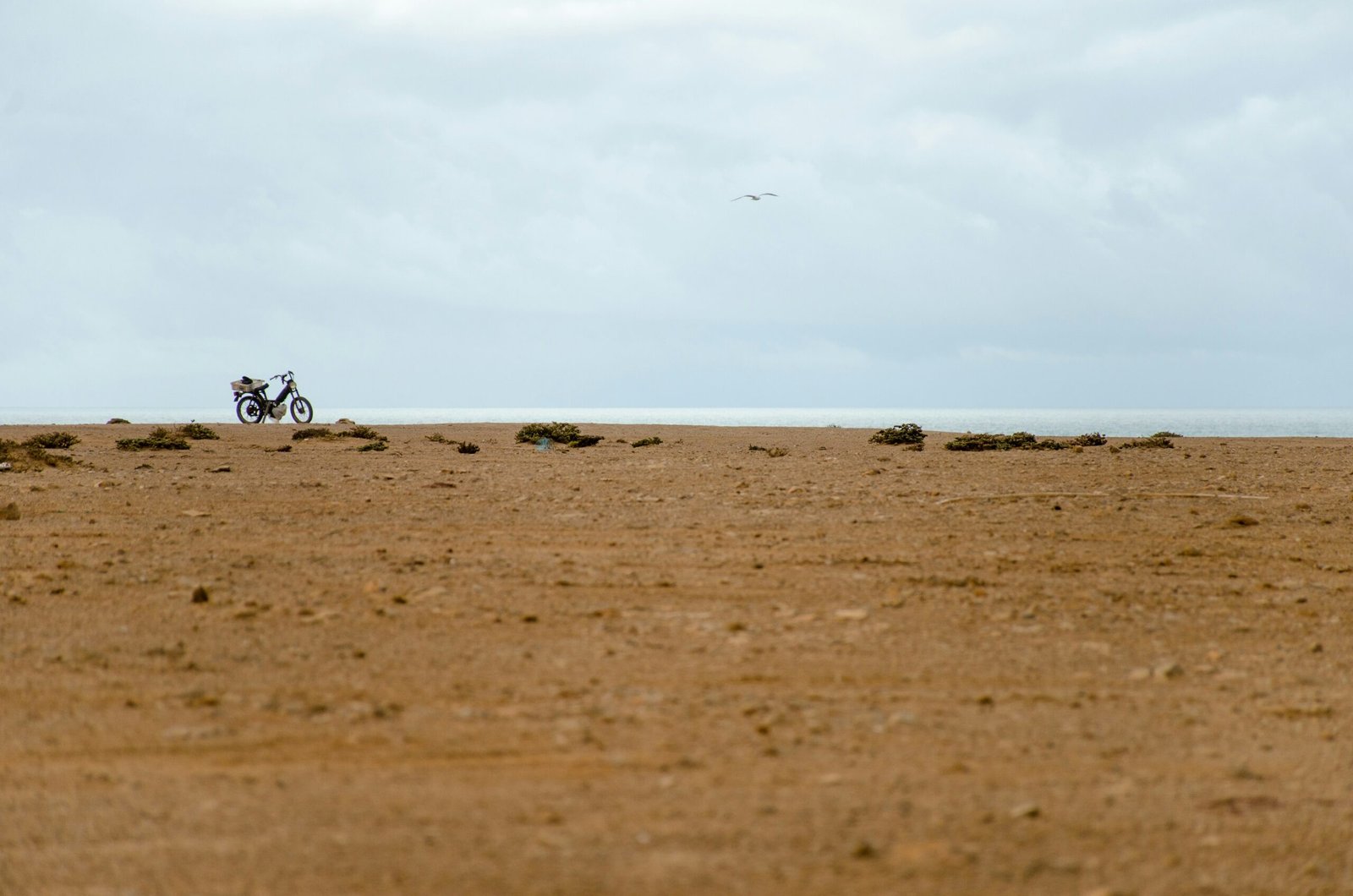Introduction
Western Sahara, a land of captivating beauty and cultural heritage, is a disputed territory located in the northwest of Africa. This vast expanse of land is known for its unique geographical features, diverse wildlife, and rich history. In this article, we will delve into the location, surface area, climate, fauna and flora, attractions, and population of Western Sahara.
Location
Western Sahara is situated on the northwest coast of Africa, bordered by Morocco to the north, Algeria to the northeast, Mauritania to the east and south, and the Atlantic Ocean to the west. It covers a total area of approximately 266,000 square kilometers, making it one of the largest territories in Africa.
Surface Area
The surface area of Western Sahara is predominantly made up of vast desert landscapes, including the famous Sahara Desert. The territory is characterized by rocky plateaus, sand dunes, and arid plains. It is a land of contrasts, where the golden dunes of the desert meet the endless blue of the Atlantic Ocean.
Climate
Western Sahara experiences a desert climate, with hot summers and mild winters. The region is known for its scorching temperatures, especially during the summer months, where temperatures can reach up to 50 degrees Celsius (122 degrees Fahrenheit). Rainfall is scarce, and the territory is prone to occasional sandstorms.
Fauna and Flora
Despite its harsh climate, Western Sahara is home to a surprising variety of flora and fauna. The wildlife includes species such as the dromedary camel, desert fox, sand gazelle, and numerous bird species. The flora consists of resilient desert plants, including acacia trees, cacti, and various types of succulents.
Attractions
Western Sahara offers a range of attractions for nature enthusiasts and history buffs alike. The stunning landscapes, such as the Erg Chebbi sand dunes and the coastal town of Dakhla, provide opportunities for adventure and relaxation. The region’s rich history can be explored through ancient archaeological sites, such as the World Heritage-listed town of Laayoune.
Population
The population of Western Sahara is estimated to be around 600,000 people. The majority of the population consists of Sahrawis, who are indigenous to the region. The territory has a unique cultural heritage, with influences from Arab, Berber, and Saharan traditions. Traditional music, dance, and handicrafts are an integral part of the local culture.
Conclusion
Western Sahara, with its vast landscapes, unique wildlife, and rich cultural heritage, is a destination that offers a truly immersive experience. Whether you are seeking adventure in the desert, relaxation by the coast, or a glimpse into the region’s fascinating history, Western Sahara has something to offer for everyone. Explore this hidden gem and discover the beauty and serenity of this remarkable land.

